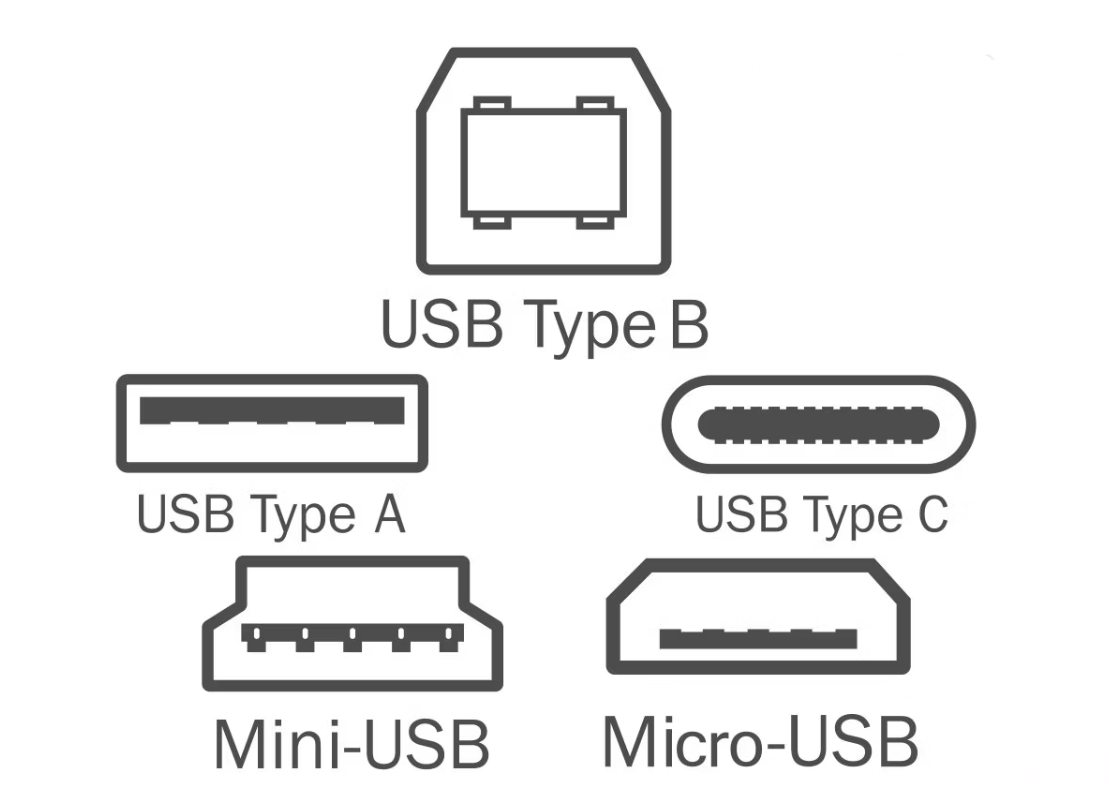
SD cards and micro SD cards have become ubiquitous in our daily lives, allowing us to store and transfer large amounts of data with ease. However, the development of these cards has been a long and complex process. In this post, we will delve into the history of SD cards and micro SD cards, as well as their respective standards, speeds, sizes, and other differences.
The History of SD Cards
SD cards, or Secure Digital cards, were first introduced in 1999 by SanDisk, Panasonic, and Toshiba. They were designed to be a more compact and secure alternative to the larger and less secure CompactFlash cards that were popular at the time. The original SD card had a storage capacity of just 16MB, but this quickly increased to 2GB by 2006.
Over time, the SD card standard has continued to evolve. In 2005, the SDHC (Secure Digital High Capacity) standard was introduced, which allowed for storage capacities of up to 32GB. In 2009, the SDXC (Secure Digital eXtended Capacity) standard was introduced, which allowed for storage capacities of up to 2TB.
The History of Micro SD Cards
Micro SD cards are a smaller version of the SD card that was introduced in 2005 by SanDisk. They were designed to be used in smaller devices such as mobile phones and digital cameras. The original micro SD card had a storage capacity of just 128MB, but this quickly increased to 2GB by 2006.
Like the SD card standard, the micro SD card standard has also continued to evolve. In 2008, the micro SDHC standard was introduced, which allowed for storage capacities of up to 32GB. In 2010, the micro SDXC standard was introduced, which allowed for storage capacities of up to 2TB.
SD Card vs. Micro SD Card Standards
While both SD cards and micro SD cards use the same basic technology, there are some key differences between their respective standards. The main difference is in their physical size: SD cards are larger than micro SD cards.
SD cards come in three different sizes: standard, mini, and micro. The standard size is the largest and measures 32mm x 24mm x 2.1mm. The mini size is slightly smaller and measures 21.5mm x 20mm x 1.4mm. The micro size is the smallest and measures just 15mm x 11mm x 1mm.
Micro SD cards, on the other hand, only come in one size: the micro size. This makes them ideal for use in smaller devices such as mobile phones and digital cameras.
Another difference between the two standards is their maximum storage capacity. While both SD cards and micro SD cards support the same maximum storage capacity of 2TB under the SDXC standard, there are some differences in their lower capacity limits. Standard SD cards have a maximum capacity of 2GB under the SD standard, while micro SD cards have a maximum capacity of 128GB under the micro SDXC standard.
SD Card vs. Micro SD Card Speeds
Another important difference between SD cards and micro SD cards is their respective speeds. The speed of a memory card is measured in terms of its read and write speeds, which determine how quickly data can be transferred to and from the card.
SD cards have a range of different speed classes that indicate their read and write speeds. These speed classes include Class 2 (minimum write speed of 2MB/s), Class 4 (minimum write speed of 4MB/s), Class 6 (minimum write speed of 6MB/s), Class 10 (minimum write speed of 10MB/s), UHS-I (minimum write speed of 10MB/s), UHS-II (minimum write speed of 30MB/s), and UHS-III (minimum write speed of 60MB/s).
Micro SD cards also have speed classes that indicate their read and write speeds. These speed classes include Class 2 (minimum write speed of 2MB/s), Class 4 (minimum write speed of 4MB/s), Class 6 (minimum write speed of 6MB/s), Class 10 (minimum write speed of 10MB/s), UHS-I (minimum write speed of 10MB/s), UHS-II (minimum write speed of 30MB/s), and UHS-III (minimum write speed of 60MB/s).
It is important to note that not all devices support all speed classes. For example, if you have a device that only supports Class 4 micro SD cards, using a Class 10 card will not result in any performance improvements.
Conclusion
In conclusion, SD cards and micro SD cards have come a long way since their introduction in the late 1990s and early 2000s. Both standards have evolved to support larger storage capacities and faster speeds, making them ideal for use in a wide range of devices.
While there are some differences between the two standards in terms of their physical size, maximum storage capacity, and speed classes, both offer reliable and secure storage options for your data. Whether you are using an SD card or a micro SD card, it is important to choose a card that is compatible with your device and meets your specific needs in terms of storage capacity and speed.




